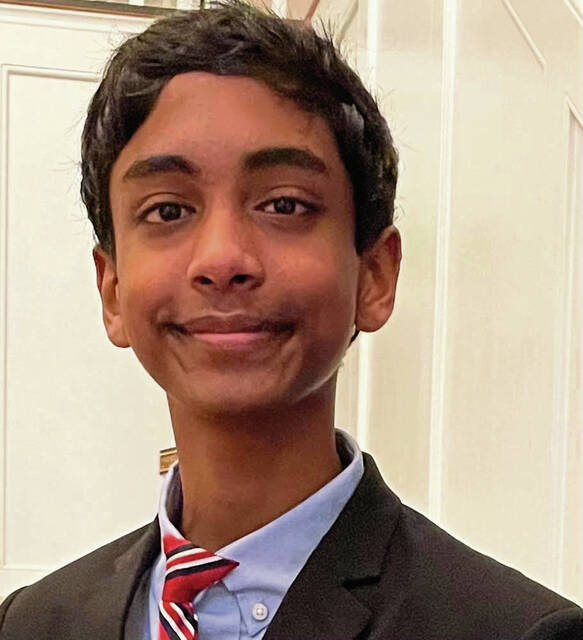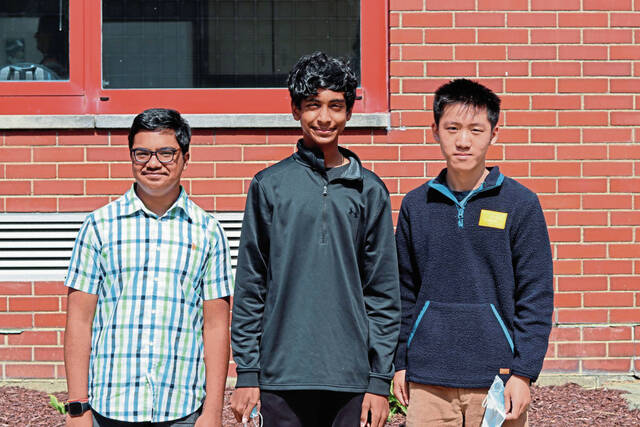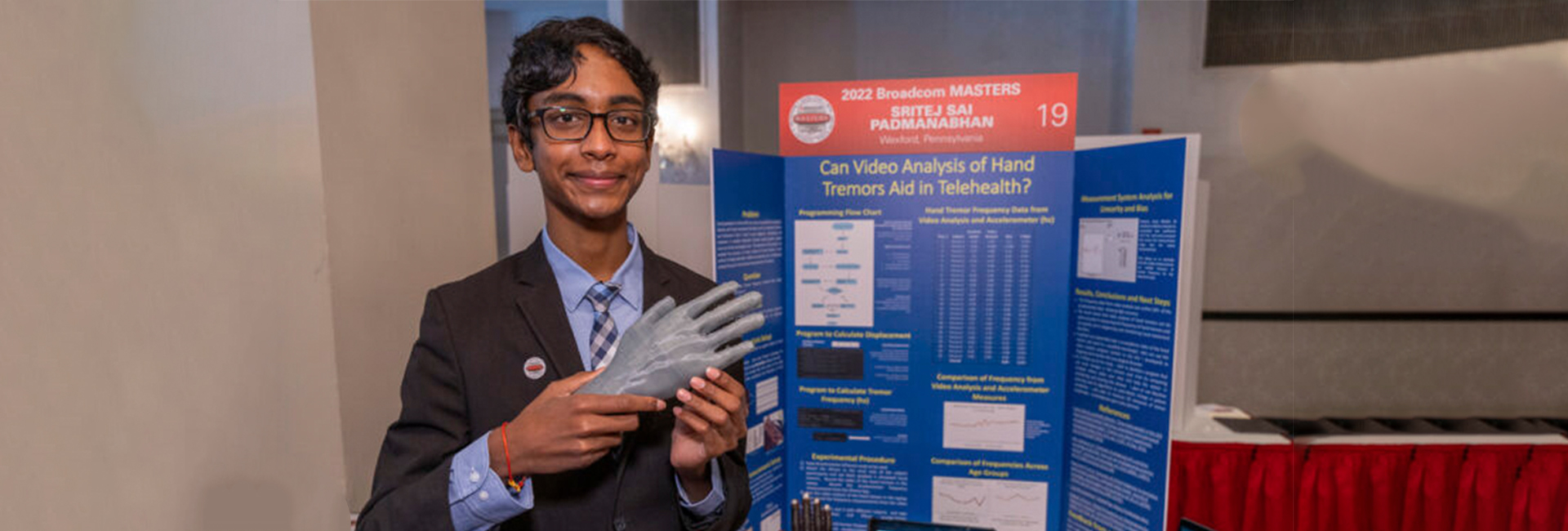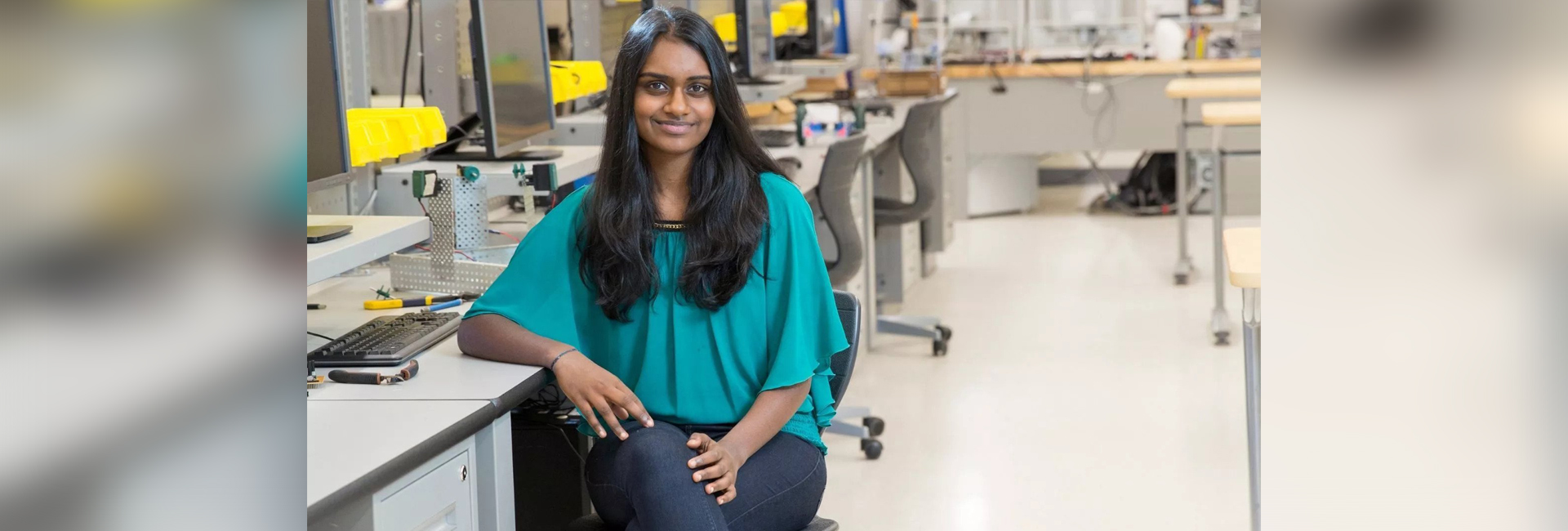(January 25, 2023) When Sritej Padmanabhan’s grandfather visited the family in the US, the teenager encountered, for the first time, the devastation caused by Parkinson’s disease. A year later, at the age of 13, the North Allegheny student created an algorithm that can analyse videos of hand tremors and provide an accurate measure of tremor frequency to help diagnose Parkinson’s disease, according to 3M. The teen innovator’s algorithm landed him a spot in the top 10 finalists of the 3M Young Scientist Challenge in 2022.
Lack of access to quality healthcare
Parkinson’s disease is a progressive disorder, which affects the nervous system and parts of the body controlled by nerves, causing uncontrollable movements and other symptoms that worsen with time. “Last year (2021) my grandpa was diagnosed with Parkinson’s and I saw first how severe hand tremors can affect a person’s ability to carry out daily tasks,” the young Global Indian explained. “After research, I’ve learned that even in the United States, access to a qualified neurologist is a challenge for the rural population.”

Sritej Padmanabhan
Although Sritej’s grandfather was not lacking medical care back home in India, where he made frequent trips to his neurologist, his symptoms went unmonitored during his two-month stay in the US. Eventually, he had to return to pay his doctor a visit. Sritej, who had known even as a child that he wanted to be in the medical field, either as a neurologist or neurosurgeon, decided to create a solution. He began his research, convinced that being able to measure and monitor hand tremors could play a pivotal role in enabling greater access to quality medical care, especially among rural and underserved populations.
The telehealth solution
“I had always wondered if there is a telehealth solution,” he said, in an interview, adding that misdiagnosis is common and that rural folk can’t always make the trip to see a doctor as often as is required.
Sritej Padmanabhan started out by analysing hand tremors using smartphones, videos and his computer. “I recorded 225 videos of simulated hand tremors from four family members,” he says. He used Python and open-source software libraries, analysed and stored the videos and framed hand models. One platform, he found, could use machine learning to track finger movements. Sritej’s algorithm uses the data from various platforms to calculate the frequency of the tremors. Users currently strap smartphones with devices called accelerometers to their wrists, which can measure vibration and movement.


Sritej with other students from North Allegheny school who participated in the Broadcom Masters
The 3M experience
In 2022, he decided to make an entry into the 3M Young Scientist Challenge, also motivated by the idea of being able to work with his mentor, a 3M scientist, over the summer.
The 3M Young Scientist Challenge is one of the most rigorous of its kind, with the top young talent competing for the $25,000 grand prize. “This year’s finalists and honourable mention recipients feature outstanding innovations from young scientists, who submitted a one-to-two-minute video communicating a solution to an everyday problem in their community and the science behind their solution,” according to 3M.
A Franklin Park resident, Sritej Padmanabhan is an avid participant in competitive robotics tournaments. He also enjoys chess and golf, saying, “Golfing involves an immense amount of focus and perseverance.” Taking time out of his busy schedule, he makes the time to do community service, volunteering at local soup kitchens and visiting senior centers.



